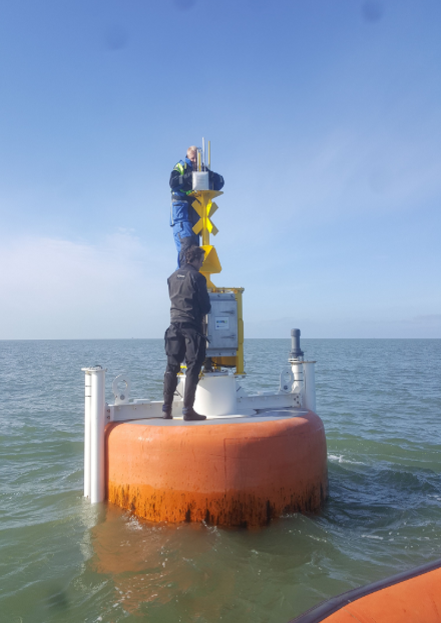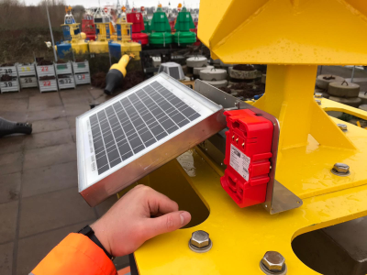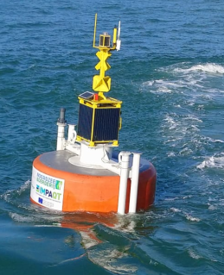Key points about this IMTA site in The Netherlands
- Name of the site: North Sea Innovation Lab
- Location: 12km at the coast of The Hague (Scheveningen)
- Type of aquaculture production: Offshore aquaculture production
- Provided by: North Sea Farm Foundation
Take a look at the site!
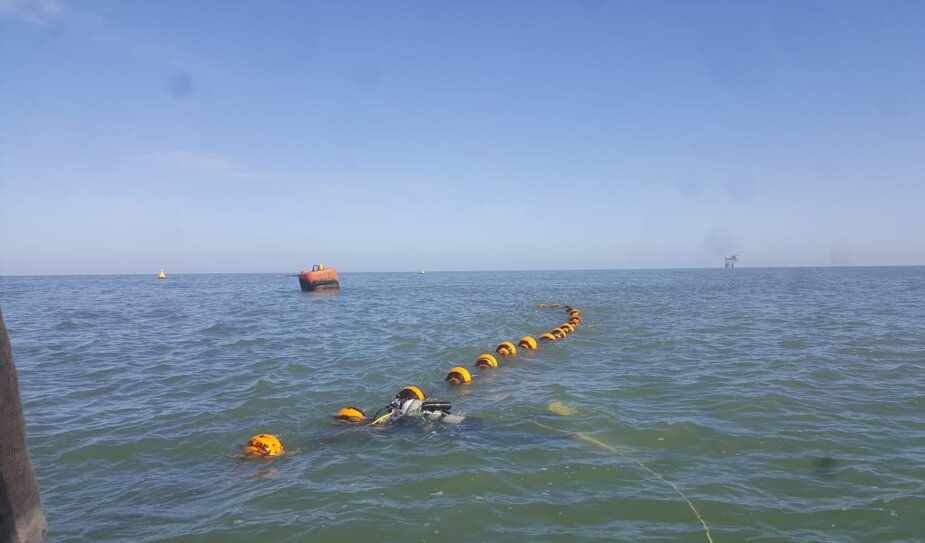
Interview:
- Interviewee: Zinzi Reimert, Coordinator North Sea Innovation Lab (offshore test location) at North Sea Farm Foundation
- About NSF offshore aquaculture site, can you tell us about its size, production and what does it make it a perfect fit for IMPAQT?
- ZR: North Sea Innovation Lab (NSIL) is an offshore test location of 6km2 (3km x 2km), located 12km at the coast of The Hague (Scheveningen). The NSIL is an independent test site for research, pilots and the upscaling of innovations in the field of seaweed cultivation and co-use of offshore wind farms. It is divided into 6 plots of 1km2, of which one is used for IMPAQT.
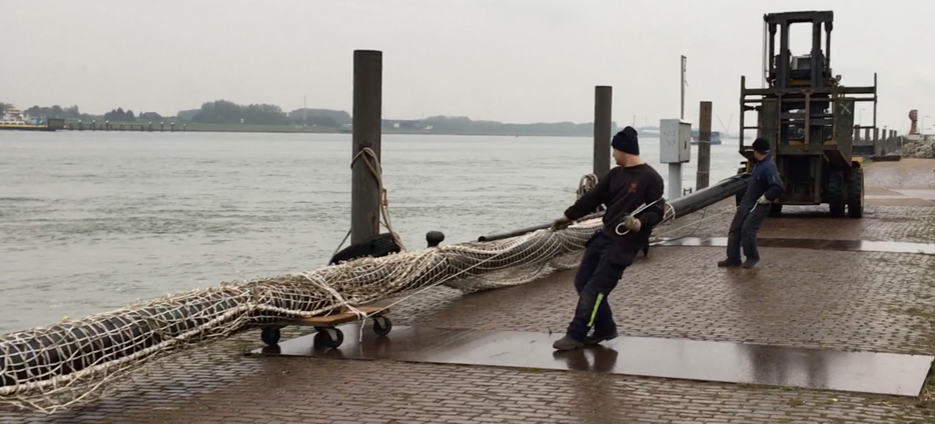
- What are the current practices regarding IMTA that you carry out in this site?
- ZR: At the NSIL an IMTA system of mussels and seaweed is created. This IMTA system is tested in the offshore conditions of the North Sea. With the NSIL data buoy (measurement buoy) several parameters are measured to give input to the IMS that is developed
3. Is there regulation in the Netherlands that empowers from the development of IMTA?
- ZR: Currently a multi-use procedure was created. The Procedure aims to help multi-users in general in realisation of their multi-use concept in a Dutch wind farm. The Multi-use Procedure is a co-creation project between several stakeholders, including TKI wind op Zee, main players from the wind industry and the Community of Practice (CoP) Blue Innovation North Sea 2030. Offshore IMTA systems will be part of multi-use sea farms, that will be developed within the area of offshore wind farms.
- What is the expected impact that you aim to achieve with IMPAQT? Have you already found benefits from joining the project?
- ZR: Development of remote monitoring in combination with the physical IMTA system and IMS. Till know the physical structures for seaweed cultivation and mussel growth are tested offshore at the North Sea conditions. Next a measurement buoy (NSIL data buoy) is manufactured and installed and first data is measured.
If you would like to now more about NSF work, please visit their website here!







